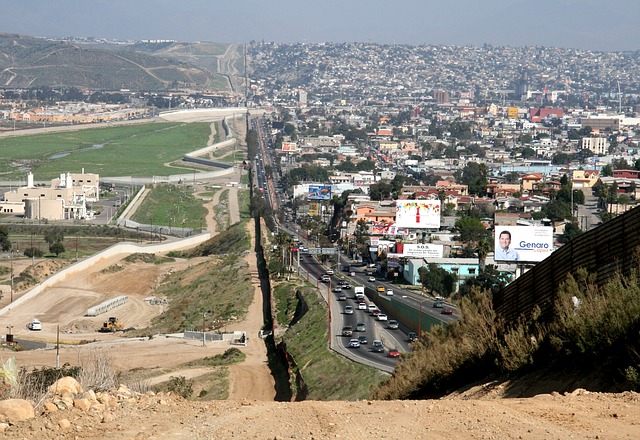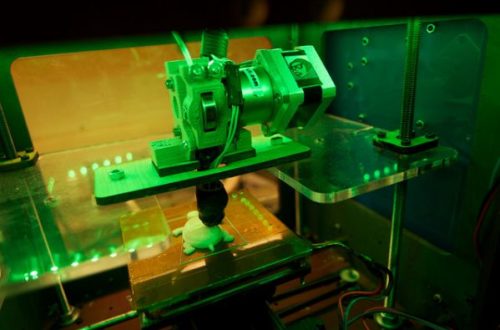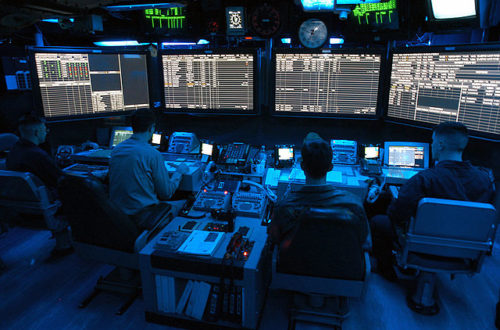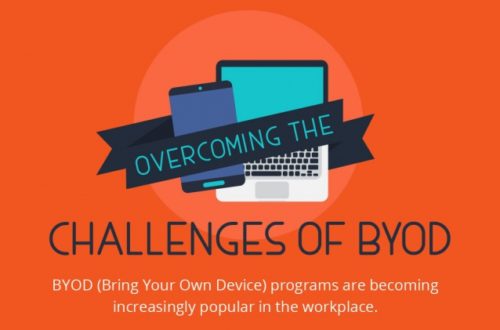Border Control Forces Receive New Technology

Regulating the movement of people, goods, and animals across country borders is vital. As such, border control forces need the best technology. In this article, we’re exploring the latest advancements in technology that are helping in border control.
A sense of space: drones and holographic printers
VICE has reported that a company called Zebra Imaging, at the Tenth Annual Border Security Expo in San Antonio, Texas, was noted to be selling holographic printers for a cool $1 million. According to the report, these machines were already being utilized at Border Control stations in El Paso, San Diego and Tucson — having initially been sold to the US military for use across Iraq and Afghanistan and producing some 14,000 images during missions throughout the Middle East.
Zebra Imaging’s spokesperson explained that the technology works with an aerial photograph taken by either a drone or a person, of a border of concern. That photo is then printed using the holographic printer, which can then be used to gain a better understanding of the landscape and to deploy effective missions if necessary.
Director of Government Relations at Zebra Imaging, Rick Black, went on the say: “Holograms do not save lives and they do not stop bullets, but what they do is give people a cognitive idea of what’s going on around them physically. We provide you that visual sense of presence — a hologram looks so natural, you think it’s a solid model. Your brain thinks it’s a full model even though you know intellectually it’s a light pad.”
Additionally, holographic images are better suited as training tools than maps or models are. Mr Black underlined this point by showing a 3D image of some borderlands in Arizona at the San Antonio expo, complete with vivid mountains. “This provides a 360-degree full view,” Mr Black acknowledged. “It’s to give the agents a presence of where they are so if they’re doing a mission plan, for instance, when I point here you all know exactly where I’m pointing.”
Connectivity: The Internet of Things
The Internet of Things, also known as IoT, is often referred to when discussing things like turning on a light bulb with an app. However, global management consulting and professional services firm Accenture has acknowledged that custom agencies can also be using IoT to enhance their operations.They have used the Hamburg Port Authority in Germany as a case in point, due to the organisation utilizing the technology to improve how they monitor cargo and track journeys. Data is collected by the authority from sensors which are embedded into bridges, containers, roadways and vehicles, and then analysed. Once the analysis is complete, the findings can be delivered to officers remotely, as well as fed into schedules and assisting road authorities to channel traffic in more effective manners.
Fraud and other crimes can also be highlighted by data from the IoT. Accenture notes: “For instance, IoT can check whether cargo actually moves along the declared routes or detect potential tampering by tracking unexpected temperature changes in containers.”
Radiation detection: D3S wearable RIID
International technology group Kromek are a leading developer of high-performance nuclear mapping products. They have developed the D3S wearable RIID, which is a pocket-sized device that has already been deployed by the New Jersey Port Authority and followed the President of the United States on one of his trips to Europe. Deemed more powerful than a standard RIID — short for Radiation Isotope Identification Device — this gadget is designed to detect radiological threats such as radioactive contamination, dirty bombs, radiation at the scene of an accident or a terrorist attack, and the smuggling of radioactive substances.
The key feature of the D3S wearable RIID is that it is hands-free and unobtrusive. Simply turn the detector on and then launch the accompanying app on your smartphone and the gadget will continuously scan for radiation without anyone needing to see it in operation or potential suspects to get suspicious — any alert of radiation can be picked up by your phone either sending an announcement into your earbud or simply vibrating.
Kromek commented that: “Armed with the D3S wearable RIID, you are a walking gamma and neutron detector, able to detect even shielded sources and identify the isotopes used.”
As technology is developing at an ever-increasing rate, it is likely that border control forces will continue to be assisted in a variety of new ways.
Would you like to receive similar articles by email?





